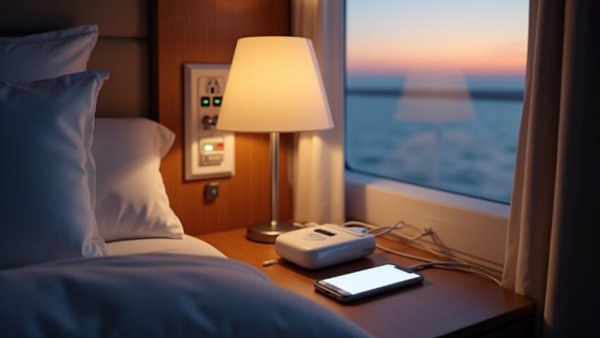Indians are hopping on to luxury cruise liners, leaving slowdown blues behind

Watching the setting sun against an amber sky, sipping on a glass of wine while the sea breeze ruffles your hair. This picturesque scene from the sun deck of a cruise liner describes the newest fancy of the aspirational Indian.
Even as the broader economic environment remains soft, passenger growth for cruises has grown about 50 percent over the past year, and is expected to grow at roughly the same clip next.
This has prompted several global cruise line operators to look at India as a high-growth market.
“Since we started business in India, the number of guests we have seen has doubled,” says Felix Chan, Vice President & General Manager, Norwegian Cruise Line, Asia.
NCL, which operates 17 cruise liners across the globe, has been in business for 52 years and came to India four years back.
There are several reasons why rich Indians have decided on cruises as the next destination on their travel bucket list.
“Cruise packages allow people to visit multiple destinations. There is a rise in cruise tourism as people want to experience the joys of different destinations in one holiday while enjoying the breath-taking views that only cruise voyages can offer,” says Daniel D'souza, President and Country Head, Leisure, SOTC Travel.
Besides, India has seen the advent of luxury liners that touch down on Indian ports. For instances, Jalesh Cruises offers a cruise service between Mumbai, Goa and Diu. The Mumbai-Goa sector also saw the launch of another cruise ship, Angriya, last year.
Experts say that cruise travel within India offers significant opportunity for growth.
“With a beautiful coastline, India provides an excellent opportunity for the cruise business. It is heartening that the government is taking steps to develop the same with both river-based and open sea-based cruises,” says Sabina Chopra, Co-Founder and COO, Corporate Travel & Head Industry Relations, Yatra.com.
“Developing river and sea-based cruises in various parts of the country could drive both domestic travellers as well as inbound travelers from the Asia-Pacific region,” Chopra adds.





